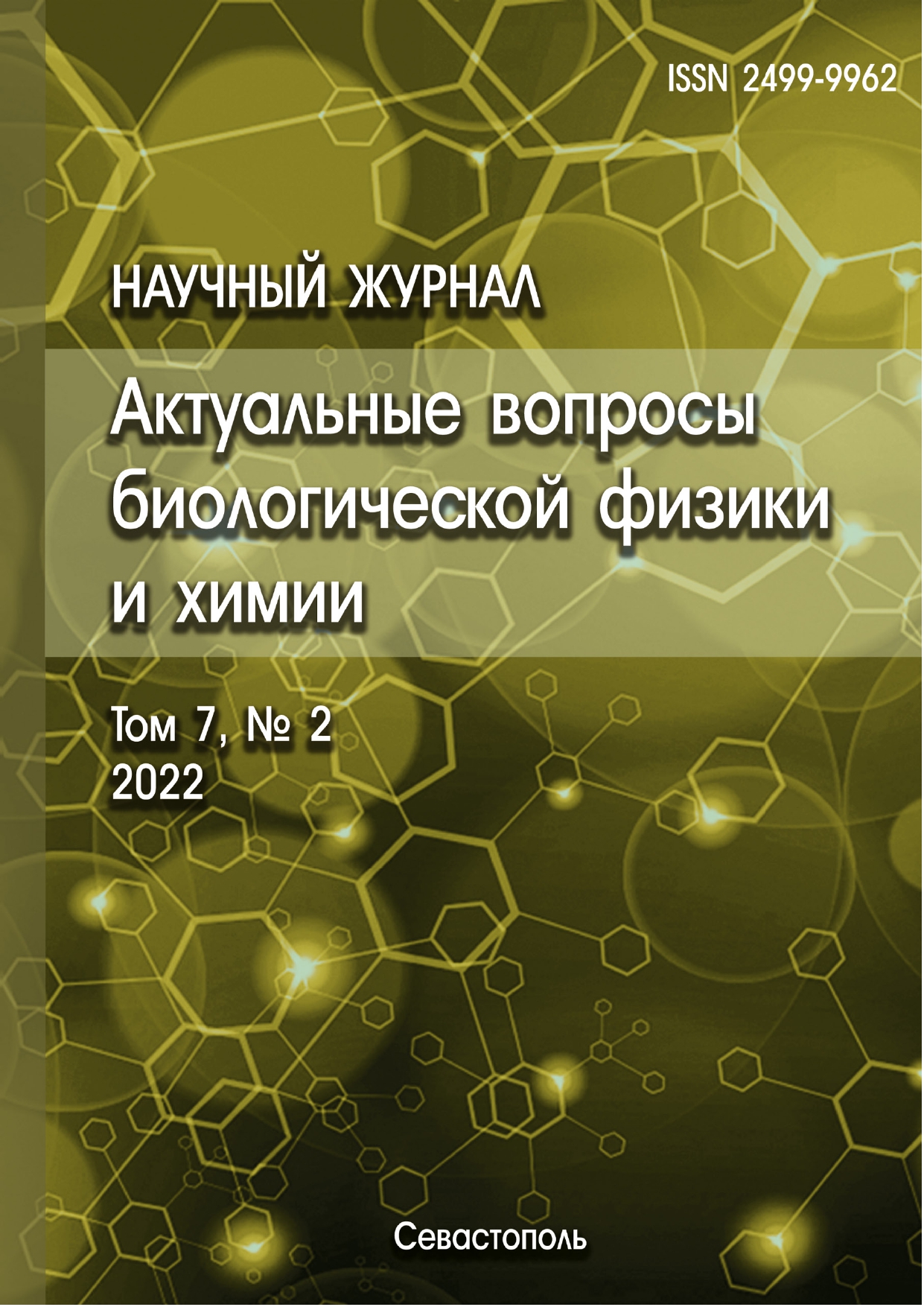Moscow, Moscow, Russian Federation
Moscow, Moscow, Russian Federation
Moscow, Moscow, Russian Federation
Moscow, Moscow, Russian Federation
Moscow, Moscow, Russian Federation
Moscow, Moscow, Russian Federation
Moscow, Moscow, Russian Federation
Moscow, Moscow, Russian Federation
Moscow, Moscow, Russian Federation
Kotelnikov Institute of Radioengineering and Electronics of RAS
Moscow, Moscow, Russian Federation
Magnetic nanoparticles are widely used in medical applications, for example, as contrast agents for magnetic resonance imaging, to enhance hyperthermia, for targeted drug delivery, theranostics (therapy + diagnostics). When used in vivo, magnetic nanoparticles require a special coating that promotes biocompatibility and minimizes potential toxicity under physiological conditions. Human serum albumin or polyethylene glycol can be used as a coating. In this work, the interactions of magnetic cobalt ferrite nanoparticles (12 and 27 nm size) with diphitanoylphosphatidylcholine bilayer lipid membranes were investigated. The conductivity of membranes varied over a wide range – two groups of membranes can be distinguished – membranes, the conductivity of which (after the addition of nanoparticles) remained practically unchanged compared to the control, and membranes, the conductivity of which, upon the addition of nanoparticles, changed abruptly and increased in a wide range by 0.5–2 orders of magnitude. Significant differences between the conductivities upon the addition of the same volume of 12 and 27 nm nanoparticles surrounded by human serum albumin were not found. When adding nanoparticles with a coating of polyethylene glycol, the conductivity increased much weaker than when adding nanoparticles with a coating of human serum albumin. The results suggest that hydrophilic coated magnetic nanoparticles interact with the membranes, which can lead to the appearance of metastable conducting pores, which, in turn, increase the integral conductivity of the membranes.
bilayer lipid membranes, magnetic nanoparticles, electrical conductivity, lipid pores
1. Chubarov A.S. Serum Albumin for Magnetic Nanoparticles Coating. Magnetochemistry, 2022, vol. 8, no. 13.
2. Gulyaev Y.V., Cherepenin V.A., Vdovin V.A., Taranov I.V., Yaroslavov A.A., Kim V.P., Khomutov G.B., Pulsed electric field-induced remote decapsulation of nanocomposite liposomes with implanted conducting nanoparticles. Journal of Communications Technology and Electronics, 2015, vol. 60, no. 10, pp. 1097-1108. (In Russ.) DOI: https://doi.org/10.7868/S0033849415100034; EDN: https://elibrary.ru/UGESQP
3. Kislov V., Medvedev B., Gulyaev Y., Taranov I., Kashin V., Khomutov G., Artemiev M., Gurevich S. Organized superstructures at nanoscale and new functional nanomaterials. International Journal of Nanoscience, 2007, vol. 6, no. 5, pp. 373-377. DOI: https://doi.org/10.1142/S0219581X07004730; EDN: https://elibrary.ru/LKMFMJ
4. Brahmbhatt K., Zhao W., Deng Zh., Mao L., Freeman E. Magnetically responsive droplet interface bilayer networks. Proceedings of the ASME 2015. Conference on Smart Materials, Adaptive Structures and Intelligent Systems SMASIS2015, September 21-23, 2015.
5. Anosov A.A., Korepanova E.A., Koplak O.V., Kazamanov V.A., Derunets A.S., Morgunov R.B. The Increase in Electrical Conductivity and the Appearance of Lipid Pores Induced by Magnetic Nanoparticles CoFe2O4 in Bilayer Lipid Membranes. Russian Journal of Electrochemistry, 2022, vol. 58, no. 4, pp. 321-328. (In Russ.) DOI: https://doi.org/10.31857/S0424857022030033; EDN: https://elibrary.ru/KEIZPV
6. Lehtonen J.Y.A., Kinnunen P.K.J. Changes in the lipid dynamic of liposomal membranes induced by poly(ethylene glycol): free volume alterations revealed by inter- and intramolecular excimer forming phospholipid analogs. Biophys. J., 1994, vol. 66, pp. 1981-1990.
7. Antonov V.F., Smirnova E.Y., Anosov A.A., Norik V.P., Nemchenko O.Y. PEG blocking of single pores arising on phase transitions in unmodified lipid bilayers. Biophysics, 2008, vol. 53, pp. 390-395. (In Russ.) EDN: https://elibrary.ru/MBURRR
8. Anosov A.A., Sharakshane A.A., Smirnova E.Y., Nemchenko O.Y. Bilayer permeability during phase transition as an Erlang flow of hydrophilic pores resulting from diffusion in the radius space. Biochem. Moscow Suppl. Ser. A., 2017, vol. 11, pp. 8-16. (In Russ.) DOI: https://doi.org/10.7868/S0233475516060049; EDN: https://elibrary.ru/WXSPLZ
9. Velikonja A., Kramar P., Miklavcic D., Lebar A.M. Specific electrical capacitance and voltage breakdown as a function of temperature for different planar lipid bilayers. Bioelectrochemistry, 2016, vol. 112, pp. 132-137. DOI: https://doi.org/10.1016/j.bioelechem.2016.02.009; EDN: https://elibrary.ru/YCUZVK
10. Glaser R.W., Leikin S.L., Chernomordik L.V., Pastushenko V.F., Sokirko A.V. Reversible electrical breakdown of lipid bilayers: formation and evolution of pores. Biochim. Biophys. Acta, 1988, vol. 940, pp. 275-287.
11. Mohanta D., Stava E., Yu M., Blick R.H. Creation and regulation of ion channels across reconstituted phospholipid bilayers generated by streptavidin-linked magnetite nanoparticles. Physical review E, 2014, vol. 89, 012707.










